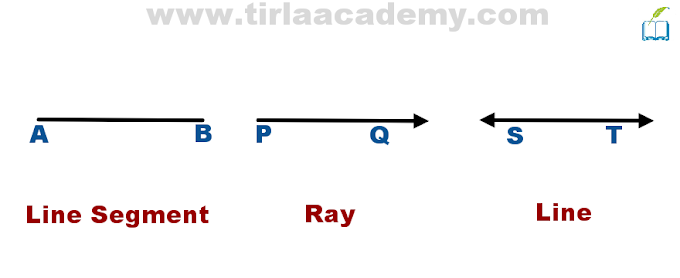Have you ever tackled a tough situation all on your own—and felt proud afterward? That moment of doing it yourself, trusting your judgment—that’s real self‑reliance (and it's more powerful than you think).
What Is Self‑Reliance?
Self‑reliance means depending on your own effort, ability, and judgment instead of leaning on others. It’s about being independent and confident in your decisions and actions.
Real-Life Examples of Self‑Reliance
Here are examples anyone can relate to:
1. Managing Your Own Money
Setting a budget, saving, and paying your bills without borrowing help. Building an emergency fund or investing—in whatever small way—is a powerful step toward financial self‑reliance.
2. Making Decisions with Confidence
Trusting your own values to choose a path—whether it's picking a project, deciding your next move, or solving a personal problem—without needing approval from others.
3. Learning Useful Skills
Teaching yourself to cook, do a basic bike repair, swim, or code. Taking on DIY tasks like fixing a leaky faucet or growing herbs builds independence and confidence.
4. Handling Emotions Alone
Developing emotional self‑support—managing stress or disappointment through self-care, journaling, or quiet reflection rather than relying on others to solve feelings for you.
5. Taking Charge of Your Health
Keeping active, eating well, and learning simple first aid or self-care routines. This helps you handle minor health situations without immediate external help.
Why Self‑Reliance Matters
Self‑reliance boosts confidence and resilience. It helps you achieve goals, feel capable in challenges, and take ownership of your life. It’s about trusting your resourcefulness—even when things go wrong.
Cultures often value this trait—it’s a hallmark of independence and personal strength. But it’s not about doing everything alone; it’s about knowing you can if needed.
Ways to Build Self‑Reliance Starting Today
-
Set clear goals you can achieve on your own, like completing a small project or saving a modest amount.
-
Make a plan and act on it—then reflect on what worked, what didn’t, and improve next time.
-
Learn a practical skill—cooking, sewing, fixing things, or managing a budget—all help build independence.
-
Take baby steps in problem-solving—make small decisions confidently, without waiting for others’ input.
-
Balance independence with support—know when to ask for help, and when to trust yourself.
A Simple Table of Examples
| Area | Example of Self‑Reliance |
|---|---|
| Finance | Sticking to a budget and saving a cushion for emergencies |
| Decision-Making | Choosing your path based on your own judgment |
| Practical Skills | Sewing a button, fixing a minor issue, or cooking a healthy meal |
| Emotional Health | Processing feelings without needing others’ reassurance |
| Physical Wellness | Exercising, eating well, and knowing basic health or first aid skills |
Final Thought
Self‑reliance is more than a trait—it’s a habit you build intentionally. By choosing to trust yourself, learn independently, and handle your needs proactively, you grow stronger, more confident, and truly independent. Start today with one small step—and feel that pride of doing it yourself.





